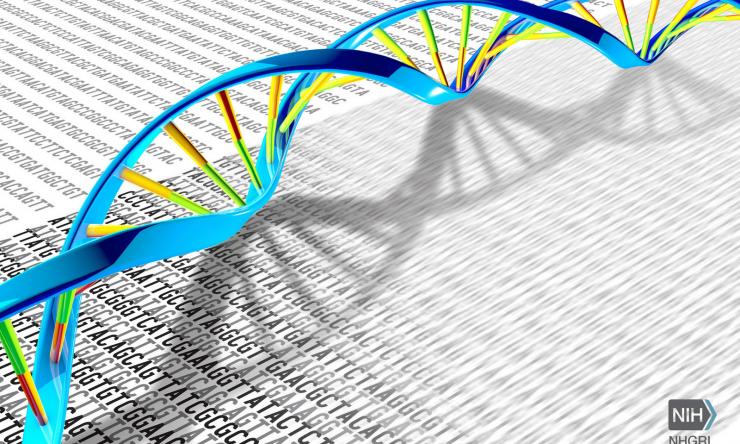Baboon genome sequence reveals evolutionary diversification

Rapidly increasing efforts to generate whole genome sequences for many vertebrate species are providing a significantly improved understanding of the biological differences among animals across the tree of life. In a new study published in Science Advances, an international multi-institutional research team, led by the Human Genome Sequencing Center at Baylor College of Medicine, reports novel results describing the genome sequences and evolutionary history of six Papio baboon species. This work sheds new light on the fundamental biological processes that generate new species and has implications for the origin of our own species, Homo sapiens.
Baboon populations are widespread across sub-Saharan Africa, and various researchers have conducted extensive analyses of the behavior, morphology and ecology of these species, leading to a detailed understanding of how they have thrived in their respective environments. However, far less is known about how each of the six baboon species arose and became distinct from the others.
“Baboons have long attracted scientific attention because they evolved within the same sub-Saharan African habitat in which early human ancestors arose. The behavioral and ecological differences among baboons make them an excellent model for investigating how a socially complex, highly adaptable primate lineage diversifies over time. In this new work, we show that baboon diversification and evolution was a more complex and reticulated process than was previously recognized,” said Dr. Jeffrey Rogers, associate professor in the Human Genome Sequencing Center at Baylor and lead author on the paper.
The research team produced a complete genome sequence and assembly for one species (Papio anubis), then compared that sequence to samples from the other five, analyzing them for genetic differences across all six species.
“We found that after new baboon lineages arose and differentiated, they did not remain completely isolated, but in fact have interbred, or hybridized, at several different times and places. This means that biologically significant genetic information was exchanged after the various species became recognizably distinct,” said Rogers. “Importantly, this process of hybridization and genetic exchange continues today, so that we and others can study the population processes involved in the evolutionary divergence that happens in the face of continuing gene flow.”
These findings give insight into the evolutionary processes that produced modern Homo sapiens, or present day humans, the only surviving species of the genus Homo. Human geneticists have previously demonstrated that modern humans interbred with other distinct hominin species such as Neanderthals and Denisovans. This new baboon research provides unambiguous evidence that baboons are a good parallel case study for this process. However, unlike the human case in which all other human relatives are now extinct, the ongoing interbreeding and genetic exchange among baboons can be directly observed today.
“This is a key first step in understanding baboon adaptation. The panel of baboon individuals included in this study represents only a small part of the geographic variation in baboons. To fully understand the phylogeny of baboons, and also to make use of baboons as a model for parts of human evolution, we need to sequence individuals that represent the whole geographic range of baboons,” said Dr. Dietmar Zinner, of the German Primate Center, Leibniz Institute for Primate Research in Göttingen, Germany.
Baboons also are widely used as a model species in biomedical research, providing important information about the underlying causes of and potential treatments for various human diseases. The genetic information gained through this genome sequencing study will be valuable to researchers using baboons to study various human health problems.
“The findings of this study are important in several ways. Not only are there novel understandings of baboon biology and an impact in evolutionary understanding, but also the application to biomedical disease research is apparent,” said Dr. Richard Gibbs, Wofford Cain Chair and Professor and director of the Human Genome Sequencing Center at Baylor. “Baboons provide models for research in cardiovascular issues, such as hypertension and heart disease, as well as neurological conditions. Baboon research studies have contributed significantly to human health, and the better we understand the fundamental biology, the better we can make use of the information they provide.”
“The sequencing of the baboon individuals is very important for understanding the evolutionary history of the genus and will provide deeper insight into processes, such as introgressive hybridization and local adaptation,” said Dr. Christian Roos, also of the German Primate Center.
This research serves as a crucial advance in understanding baboon biology, evolution and diversification. Further studies will expand this work.
See a full list of contributors. This work was supported by the National Institutes of Health, Austrian Science Fund, Vienna Science and Technology Fund, the Wellcome Trust, National Geographic Society, Leakey Foundation and the Howard Hughes Medical Institute.










